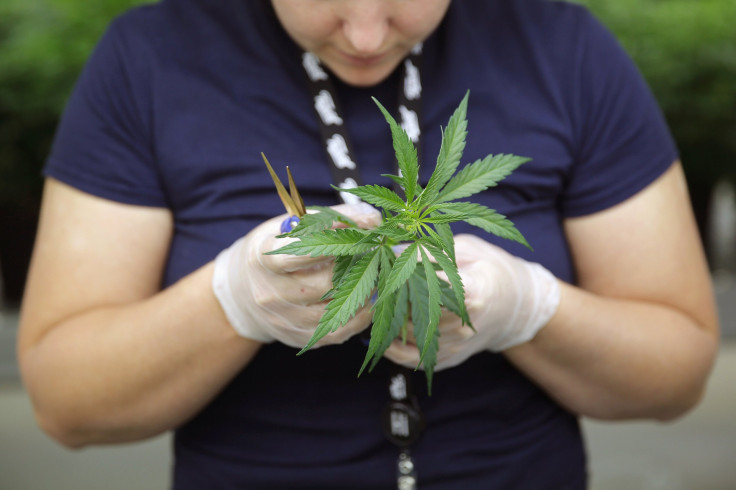Trying To Get Pregnant? Marijuana Use Growing In Women Who Are ‘Reproductive-Aged,’ Study Finds

The prevalence of marijuana use in both pregnant women and women that were “reproductive-aged” in the U.S. was steadily increasing, according to a new study published in the Journal of the American Medical Association (JAMA).
The study, conducted by researchers from Columbia University’s Mailman School of Public Health, was released Monday and took a look at the adult use of marijuana consumption. In the U.S., adult marijuana use was said to have more than doubled between the years of 2001 and 2013, according to the study. This was attributed to the increase of state legalization of marijuana and the abating concern around the Schedule I drug. The study, which was compiled from data pulled from the National Survey on Drug Use and Health from 2002 through 2014 and featured more than 200,000 women from the ages of 18 to 44, highlighted the upward trend of use among adult women who were both pregnant and not pregnant. According to the data, around 5 percent of the women surveyed were pregnant.
The Mailman School of Public Health researchers’ aggregated data showed that 3.9 percent of pregnant women and 7.6 of those who were not pregnant yet of “reproductive age” reported using the substance in the last month between the years of 2007 and 2012.
Overall, from 2002 through 2014, past-month use of the substance had increased by 62 percent, with the highest prevalence by age deemed to be between 18 to 25 years.
Both the study as well as the Centers for Disease Control and Prevention (CDC) linked the use of marijuana while pregnant to a potentially low birth weight and potential health problems or defects in babies. “[…] we know of no safe level of marijuana use during pregnancy, women who are pregnant or considering becoming pregnant,” the CDC reported. Women who use the substance to treat existing medical conditions are advised to meet with their doctors to explore alternative solutions or therapies.
“The results offer an important step toward understanding trends in marijuana use among women of reproductive age,” the JAMA-published study stated. “Although the prevalence of past-month use among pregnant women (3.8 percent) is not high, the increases over time and potential adverse consequences of prenatal marijuana exposure suggest further monitoring and research warranted.”
© Copyright IBTimes 2025. All rights reserved.






















